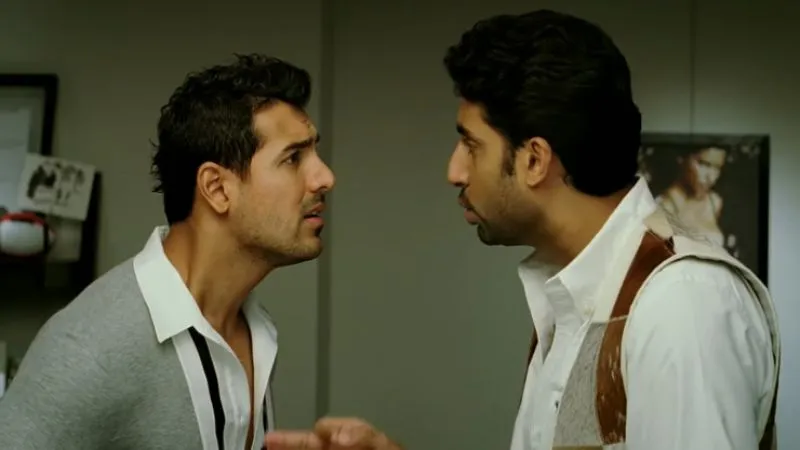The LGBTQ+ community in India has a long road ahead towards achieving full societal acceptance, but there's positive movement in the media.
For decades, LGBTQ+ people were either invisible in Indian media or portrayed through offensive stereotypes. Films like "Kal Ho Na Ho" and "Dostana" used them for comic relief, reinforcing the idea that they were abnormal or laughable.
Thankfully, things are changing. We're seeing a rise in films with nuanced portrayals, like "Shubh Mangal Zyada Saavdhan," which normalised same-sex love stories. Other films like "Geeli Puchhi" challenged stereotypes surrounding lesbian relationships, and "Badhaai Do" shed light on the realities of "lavender marriages."
It's important to remember the LGBTQ+ community isn't monolithic. "Margarita With A Straw" explored bisexuality, while "Sheer Korma'' showcased a love story between mature lesbians. "Aligarh'' brought a real-life story of discrimination to light.
While these films are a positive step, there's more work to be done. Movies like "Ek Ladki Ko Dekha To Aisa Laga" still highlight the struggles of coming out. Positive portrayals in media can lead to greater empathy and understanding. As India embraces its rich cultural diversity, LGBTQ+ inclusion becomes even more important.
Legal progress, like the decriminalisation of homosexuality, is crucial. But true acceptance requires social change. Education, including comprehensive sex education, can help foster a more inclusive society. The media is slowly catching up, but there's a long way to go. With continued efforts, India can create a space where everyone feels empowered and loved, regardless of sexual orientation or gender identity.
